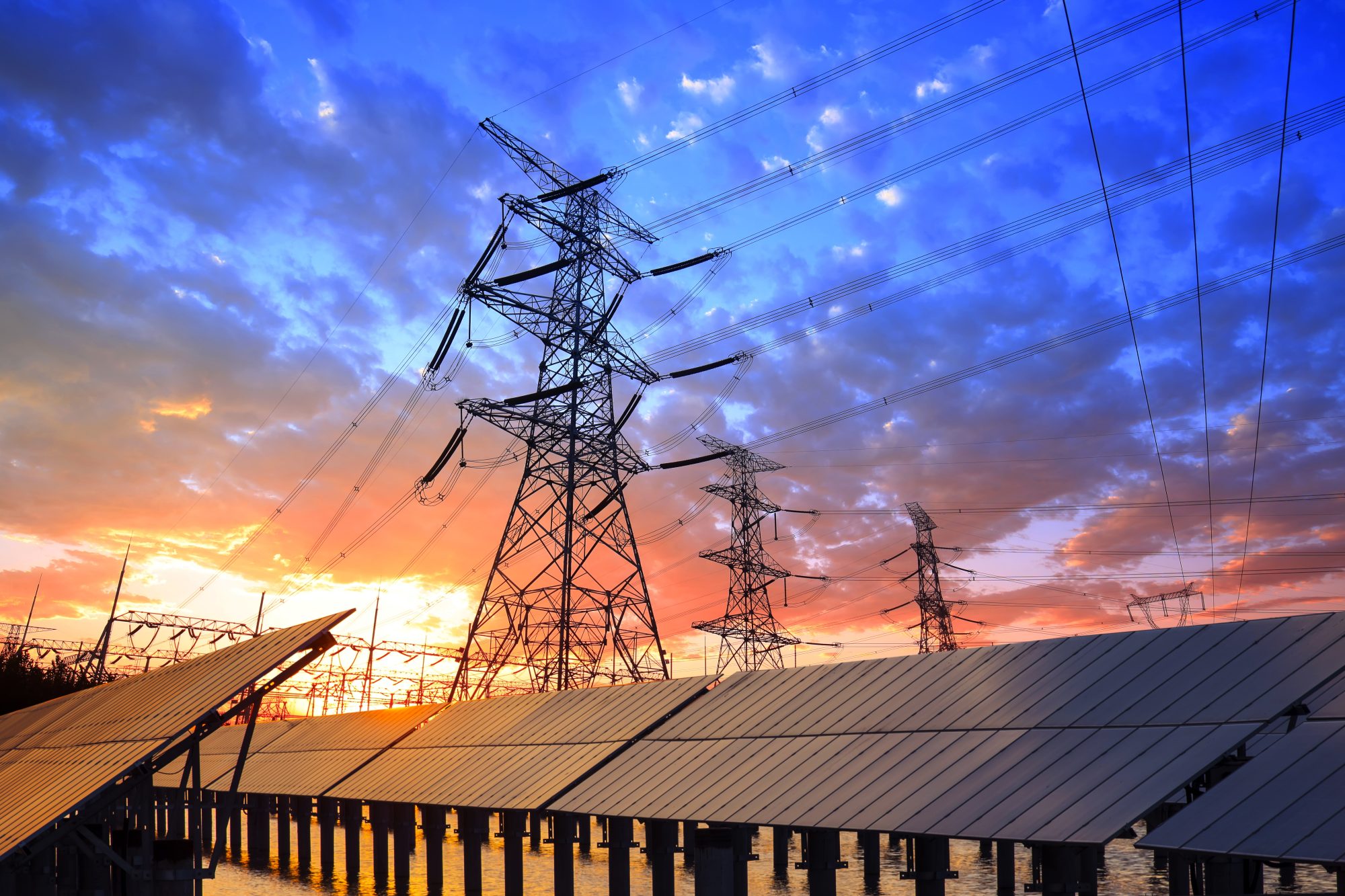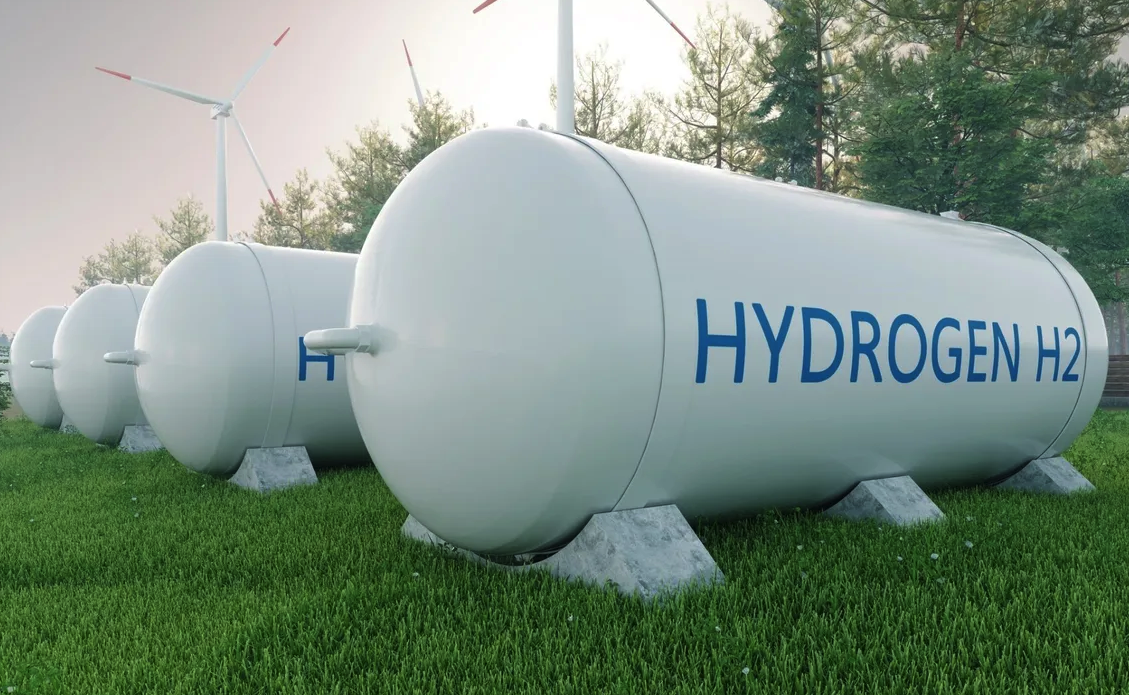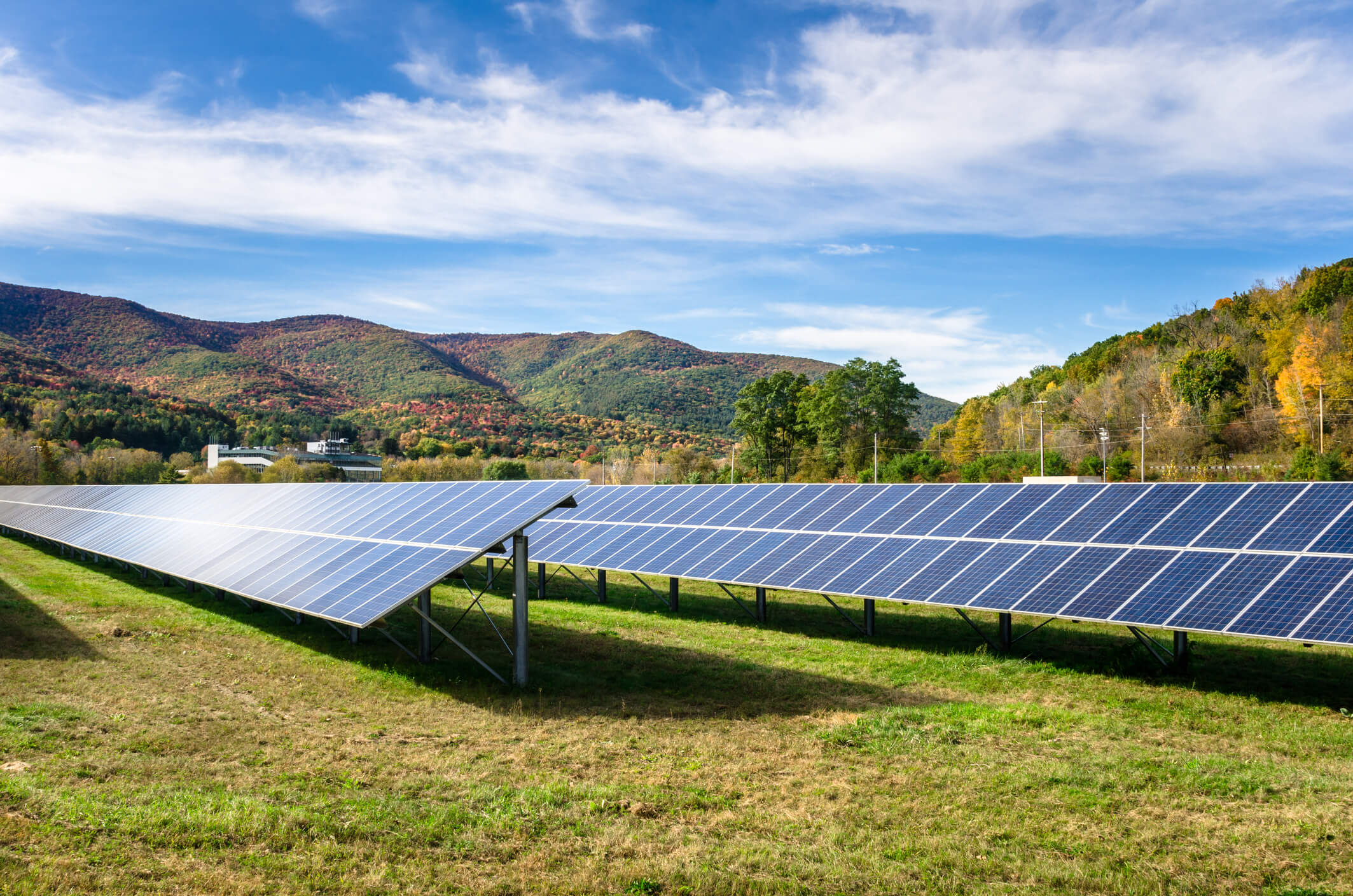Ocean temperature variations provide another energy source. The continuous availability of energy from the ocean poses an advantage over other renewable energy sources. Several technologies are emerging for harnessing ocean power, including ocean thermal energy conversion (OTEC). OTEC uses the temperature difference between deep, cold ocean water and shallow, warm tropical water.
The warm surface water vaporizes a fluid with a low boiling point, such as a refrigerant. The resulting vapor spins a turbine to produce electricity. Then, the cold, deeper ocean water condenses the refrigerant into a liquid to resume the cycle. Greater temperature differences increase efficiency.
Building offshore, however, presents practical obstacles and high expenses. In addition, only specific geographic locations are suitable for OTEC. It requires offshore locations near the equator since the process calls for tropical waters.


















